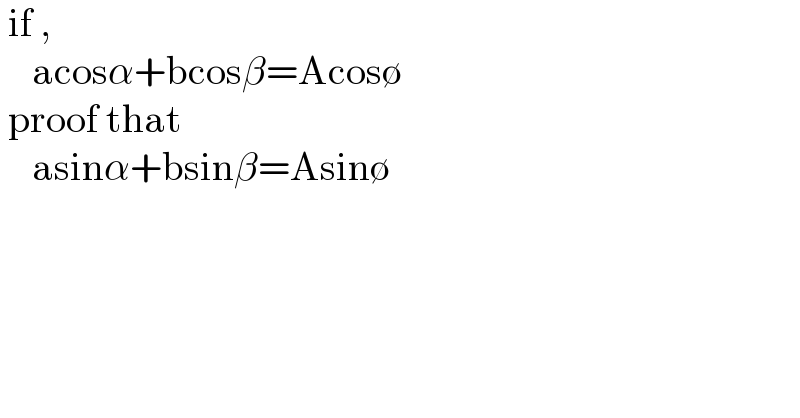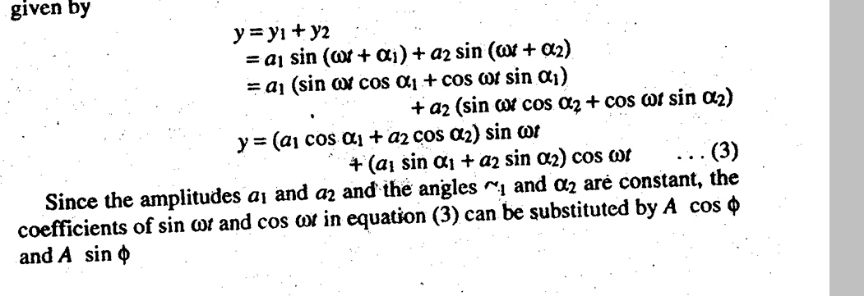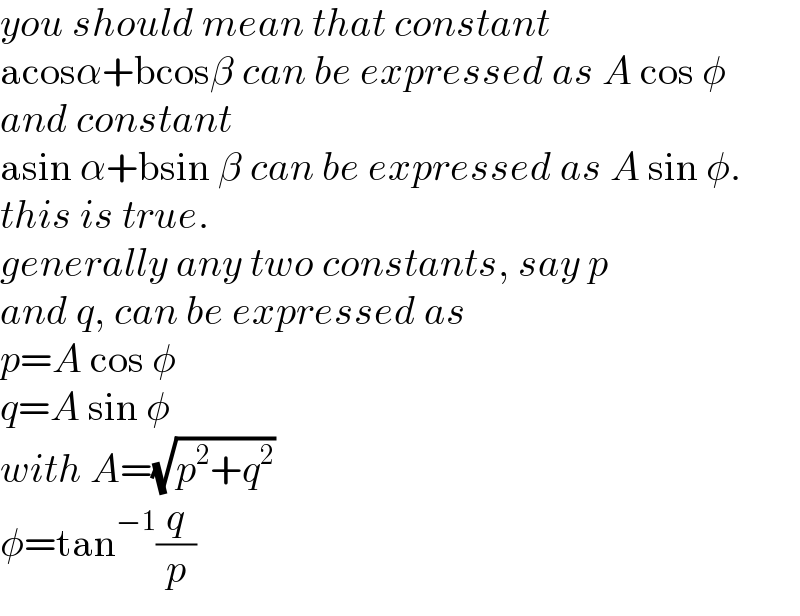
Question and Answers Forum
Question Number 137864 by n0y0n last updated on 07/Apr/21

Commented by mr W last updated on 07/Apr/21

Commented by n0y0n last updated on 07/Apr/21

Commented by mr W last updated on 07/Apr/21

Commented by mr W last updated on 07/Apr/21

